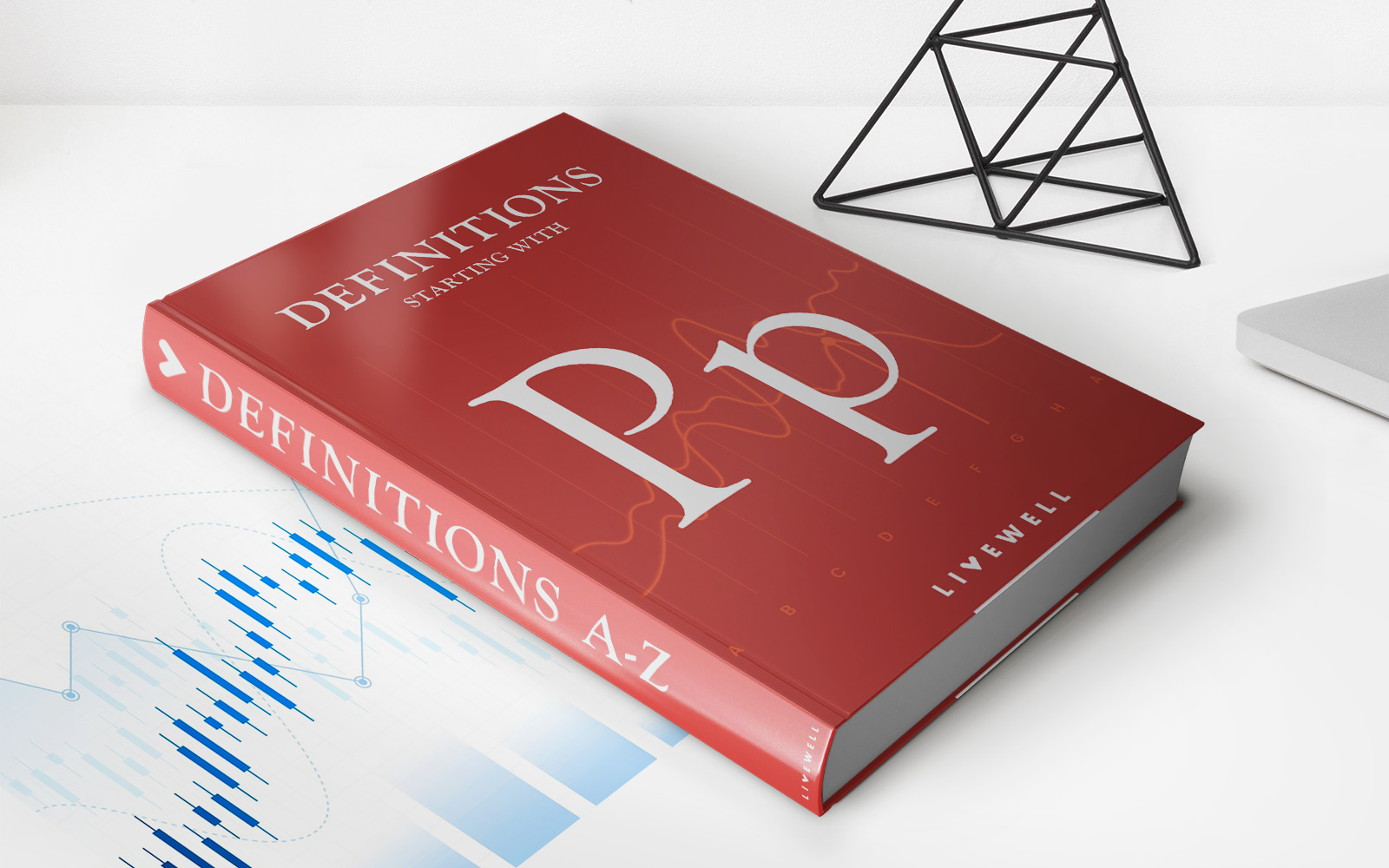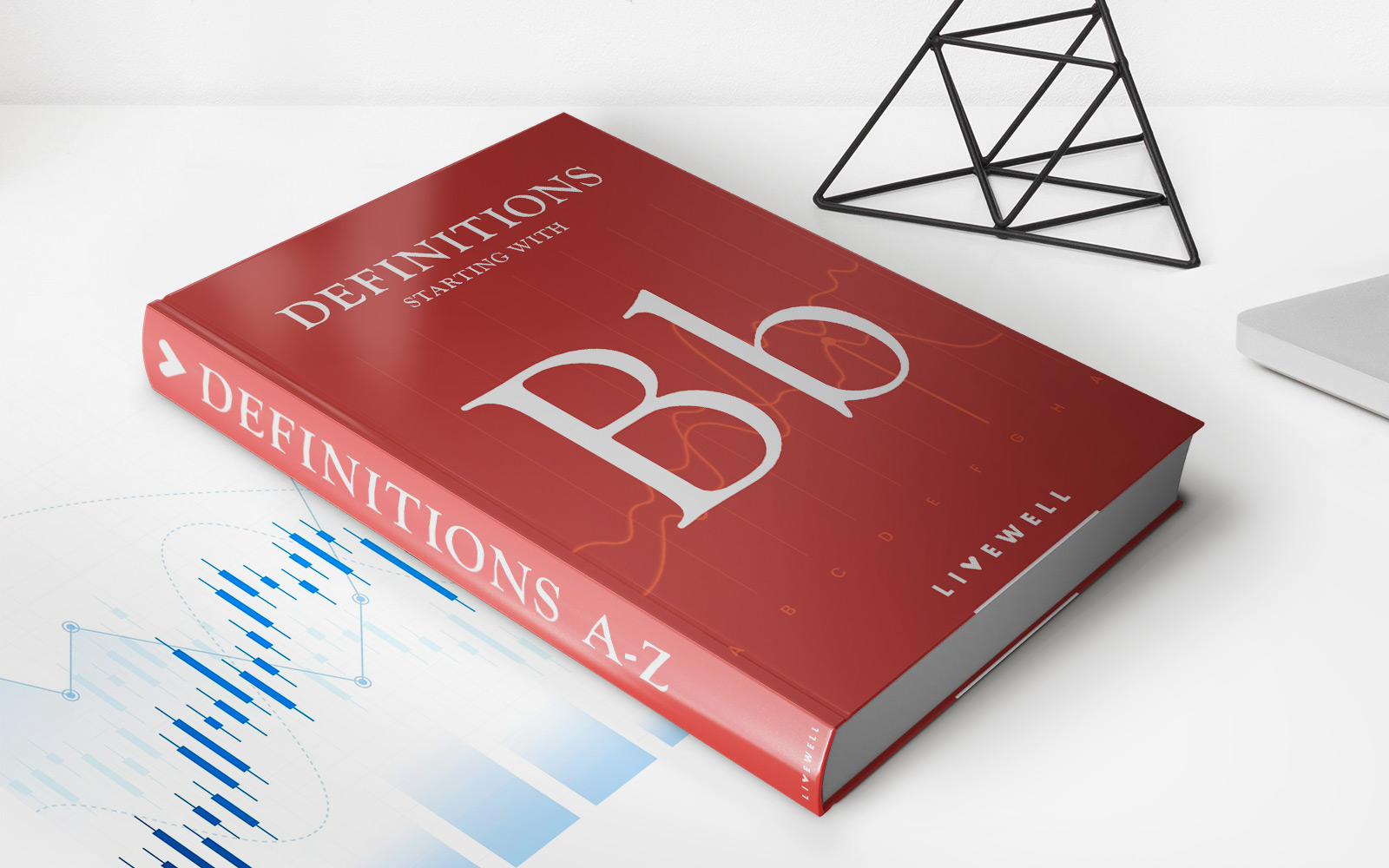Home>Finance>What Is The Grace Period To Pay Estimated Quarter Taxes?


Finance
What Is The Grace Period To Pay Estimated Quarter Taxes?
Modified: February 21, 2024
Learn about the grace period for paying estimated quarterly taxes and manage your finances effectively. Stay on top of your tax obligations with expert guidance.
(Many of the links in this article redirect to a specific reviewed product. Your purchase of these products through affiliate links helps to generate commission for LiveWell, at no extra cost. Learn more)
Table of Contents
Introduction
Welcome to the complex yet crucial world of estimated quarterly taxes. For self-employed individuals, freelancers, independent contractors, and small business owners, navigating the realm of estimated quarterly taxes is a fundamental aspect of financial responsibility. Understanding and effectively managing estimated quarterly taxes is paramount for avoiding penalties and maintaining financial stability. In this comprehensive guide, we will delve into the concept of estimated quarterly taxes, explore the grace period for paying them, and discuss the potential consequences of missing the deadline. Additionally, we will provide practical tips for effectively managing estimated quarterly taxes to alleviate the stress and uncertainty often associated with this financial obligation.
Estimated quarterly taxes are a means of fulfilling tax obligations on income that is not subject to withholding, such as self-employment income, interest, dividends, alimony, and rental income. By making these payments throughout the year, taxpayers can avoid a substantial year-end tax bill and potential penalties for underpayment. Understanding the intricacies of estimated quarterly taxes and the grace period for paying them is essential for maintaining compliance with the Internal Revenue Service (IRS) regulations while effectively managing personal or business finances.
Join us as we embark on a journey to demystify the world of estimated quarterly taxes, uncover the grace period for payment, and equip you with the knowledge and strategies necessary to navigate this aspect of taxation with confidence and competence. Whether you're a seasoned freelancer, a budding entrepreneur, or a self-employed professional, this guide is designed to empower you with the insights and tools needed to navigate the realm of estimated quarterly taxes with ease and proficiency. So, let's embark on this enlightening expedition into the realm of estimated quarterly taxes and discover the grace period for paying them.
Understanding Estimated Quarterly Taxes
Estimated quarterly taxes, also known as quarterly tax payments, are periodic payments made by individuals and businesses to the IRS to satisfy their tax liabilities on income that is not subject to withholding. This includes income from sources such as self-employment, interest, dividends, alimony, and rental income. Since these types of income are not subject to employer withholding, taxpayers are required to proactively make estimated tax payments throughout the year to avoid underpayment penalties and manage their tax obligations effectively.
The IRS typically requires individuals and businesses to make estimated quarterly tax payments if they expect to owe at least $1,000 in taxes after subtracting their withholding and refundable credits. For most taxpayers, estimated quarterly taxes are due four times a year, with payment deadlines falling on April 15th, June 15th, September 15th, and January 15th of the following year. It’s important to note that if the due date falls on a weekend or a holiday, the deadline is extended to the next business day.
Calculating estimated quarterly taxes involves estimating the annual tax liability and dividing it into four equal payments. This can be done using various methods, such as the annualized income installment method or the prior-year safe harbor method. The annualized income installment method allows taxpayers to calculate their estimated tax payments based on their income for each period, while the prior-year safe harbor method enables them to pay 100% of the prior year’s tax liability (110% for high-income taxpayers) in equal installments.
Understanding the intricacies of estimated quarterly taxes is essential for individuals and businesses with non-traditional sources of income. By staying informed about the payment schedule, calculation methods, and eligibility criteria, taxpayers can navigate the complexities of estimated quarterly taxes with confidence and ensure compliance with IRS regulations. Now that we’ve gained insight into the fundamental concept of estimated quarterly taxes, let’s explore the grace period for paying these essential tax obligations.
What Is the Grace Period for Paying Estimated Quarterly Taxes?
The grace period for paying estimated quarterly taxes provides taxpayers with a window of opportunity to fulfill their tax obligations without incurring penalties for late payment. While the term “grace period” may imply leniency, it’s important to note that the IRS imposes specific deadlines for making estimated quarterly tax payments, and any delay beyond these deadlines can result in penalties and interest charges.
For most taxpayers, the due dates for estimated quarterly tax payments are April 15th, June 15th, September 15th, and January 15th of the following year. However, the IRS allows a grace period for individuals and businesses to make these payments without penalty if they meet certain criteria. The grace period typically extends until the next business day if the payment due date falls on a weekend or a holiday. This accommodation ensures that taxpayers have sufficient time to submit their payments when the original deadline coincides with non-business days.
It’s important for taxpayers to be mindful of the grace period and take advantage of the additional time provided by the IRS. Failing to make estimated quarterly tax payments within the grace period can result in penalties, which are calculated based on the amount of underpayment and the duration of the delay. By understanding and adhering to the grace period for paying estimated quarterly taxes, taxpayers can avoid unnecessary penalties and maintain compliance with IRS regulations.
Furthermore, the grace period serves as a practical consideration for individuals and businesses, allowing them to plan and execute their tax payments effectively. By recognizing the availability of the grace period, taxpayers can manage their cash flow and financial resources to ensure timely and accurate payment of estimated quarterly taxes. This proactive approach not only mitigates the risk of penalties but also contributes to financial stability and responsible tax management.
As we’ve explored the significance of the grace period for paying estimated quarterly taxes, it’s evident that leveraging this additional time wisely is crucial for maintaining compliance and financial prudence. Understanding the grace period and integrating it into tax planning and payment strategies empowers taxpayers to navigate the complexities of estimated quarterly taxes with confidence and precision.
Consequences of Missing the Grace Period
Missing the grace period for paying estimated quarterly taxes can have significant ramifications for individuals and businesses, leading to financial penalties and potential challenges in managing tax obligations. The IRS imposes penalties for late or insufficient estimated tax payments, and these consequences can impact taxpayers’ financial well-being and compliance with tax regulations.
One of the primary consequences of missing the grace period for estimated quarterly tax payments is the accrual of penalties and interest charges. The IRS calculates penalties based on the amount of underpayment and the duration of the delay, which can result in additional financial burdens for taxpayers. These penalties are designed to incentivize timely and accurate tax payments, and failure to meet the deadlines outlined by the IRS can lead to avoidable financial losses.
Furthermore, missing the grace period for estimated quarterly tax payments can disrupt financial planning and cash flow management for individuals and businesses. The imposition of penalties and interest charges can strain financial resources and create unforeseen liabilities, impacting overall financial stability and liquidity. Additionally, repeated instances of late or insufficient tax payments can erode trust and credibility with tax authorities, potentially leading to heightened scrutiny and compliance issues in the future.
Moreover, the consequences of missing the grace period extend beyond immediate financial penalties, potentially affecting creditworthiness and the ability to access financing. Late or delinquent tax payments can have implications for credit scores and financial standing, impacting individuals and businesses seeking loans, mortgages, or other financial arrangements. By neglecting the grace period for estimated quarterly tax payments, taxpayers may inadvertently jeopardize their financial reputation and access to essential financial services.
It’s essential for individuals and businesses to recognize the gravity of missing the grace period for estimated quarterly tax payments and take proactive measures to avoid these consequences. By prioritizing timely and accurate tax payments, leveraging the grace period effectively, and seeking professional guidance when necessary, taxpayers can mitigate the risks associated with late or insufficient estimated tax payments.
Understanding the potential consequences of missing the grace period underscores the importance of diligent tax management and compliance with IRS regulations. By staying informed and proactive in fulfilling estimated quarterly tax obligations, taxpayers can safeguard their financial well-being and uphold their responsibilities as conscientious contributors to the tax system.
Tips for Managing Estimated Quarterly Taxes
Effectively managing estimated quarterly taxes is essential for individuals and businesses with non-traditional sources of income, ensuring compliance with tax regulations and financial stability. By implementing strategic approaches and best practices, taxpayers can navigate the complexities of estimated quarterly taxes with confidence and precision. Here are valuable tips for managing estimated quarterly taxes:
- Accurate Income Estimation: Begin by accurately estimating your annual income from self-employment, investments, and other non-withheld sources. This forms the basis for calculating your estimated tax payments.
- Utilize IRS Forms and Resources: Familiarize yourself with IRS Form 1040-ES and its instructions, which provide guidance on estimating taxes and making quarterly payments. The IRS website also offers valuable resources for understanding and managing estimated taxes.
- Adopt a Systematic Approach: Establish a systematic approach to setting aside funds for estimated tax payments. Consider creating a separate account or designated fund to ensure the availability of funds when quarterly payments are due.
- Consult with a Tax Professional: Engage the services of a qualified tax professional or accountant to receive personalized guidance on estimating taxes, calculating payments, and optimizing tax planning strategies.
- Leverage Electronic Payment Options: Take advantage of electronic payment methods offered by the IRS, such as the Electronic Federal Tax Payment System (EFTPS), to make secure and convenient quarterly tax payments.
- Monitor Income and Expenses: Regularly monitor your income and deductible expenses throughout the year to adjust your estimated tax payments as needed. This proactive approach helps align your payments with your actual tax liability.
- Stay Informed About Deadlines: Mark the quarterly tax payment deadlines on your calendar and stay informed about any changes or extensions to the due dates. Awareness of deadlines is crucial for timely compliance.
- Consider Tax Withholding Adjustments: If you have other sources of income with withholding, consider adjusting your withholding to cover part or all of your estimated tax liability, reducing the need for additional quarterly payments.
By implementing these tips and integrating them into your financial practices, you can effectively manage estimated quarterly taxes, mitigate the risk of penalties, and maintain proactive compliance with IRS regulations. Navigating the realm of estimated quarterly taxes with diligence and strategic planning empowers individuals and businesses to fulfill their tax obligations responsibly and sustain financial well-being.
Conclusion
As we conclude our exploration of estimated quarterly taxes and the grace period for paying them, it’s evident that these financial obligations play a pivotal role in the lives of self-employed individuals, freelancers, independent contractors, and small business owners. Understanding the intricacies of estimated quarterly taxes and the grace period is essential for maintaining compliance with IRS regulations, managing tax liabilities effectively, and fostering financial stability.
By delving into the realm of estimated quarterly taxes, we’ve unveiled the significance of accurate income estimation, proactive tax planning, and leveraging the grace period to ensure timely and compliant tax payments. The grace period serves as a practical accommodation, providing taxpayers with additional time to fulfill their tax obligations without incurring penalties for late payment. It’s a valuable opportunity for individuals and businesses to align their financial resources and meet their tax responsibilities with precision.
Moreover, the consequences of missing the grace period underscore the importance of diligence and proactive tax management. Penalties and interest charges resulting from late or insufficient estimated tax payments can impact financial well-being, credibility, and access to essential financial services. By recognizing these potential consequences and implementing strategic approaches, taxpayers can navigate the complexities of estimated quarterly taxes with confidence and prudence.
As individuals and businesses endeavor to manage their estimated quarterly taxes, embracing best practices such as accurate income estimation, leveraging electronic payment options, and seeking professional guidance can enhance their ability to fulfill tax obligations effectively. The proactive adoption of these tips empowers taxpayers to navigate the nuances of estimated quarterly taxes with confidence, precision, and compliance.
In essence, the realm of estimated quarterly taxes and the grace period for paying them demand attention, diligence, and strategic planning. By equipping oneself with knowledge, leveraging available resources, and integrating best practices into financial routines, individuals and businesses can navigate the complexities of estimated quarterly taxes with resilience and proficiency. Embracing the grace period as a strategic opportunity and managing estimated quarterly taxes with diligence are foundational steps toward financial responsibility and compliance with IRS regulations.
As we bid adieu to this enlightening journey into the realm of estimated quarterly taxes and the grace period, may the insights gained empower you to navigate this aspect of taxation with confidence, precision, and proactive compliance.














